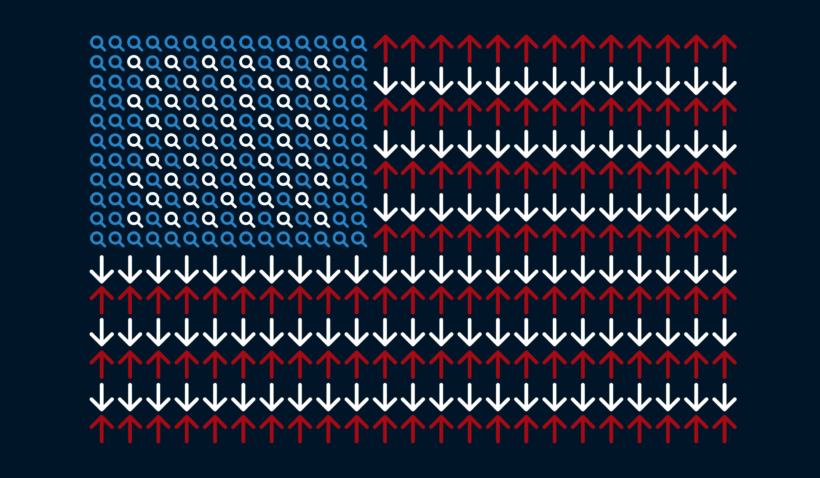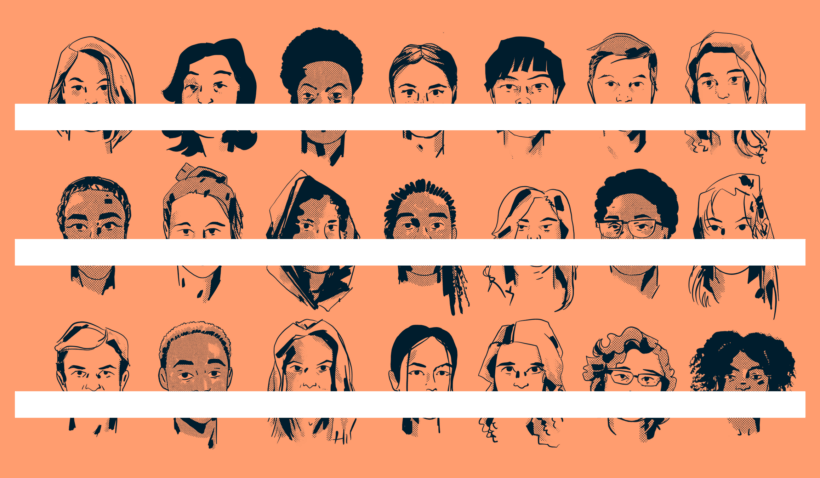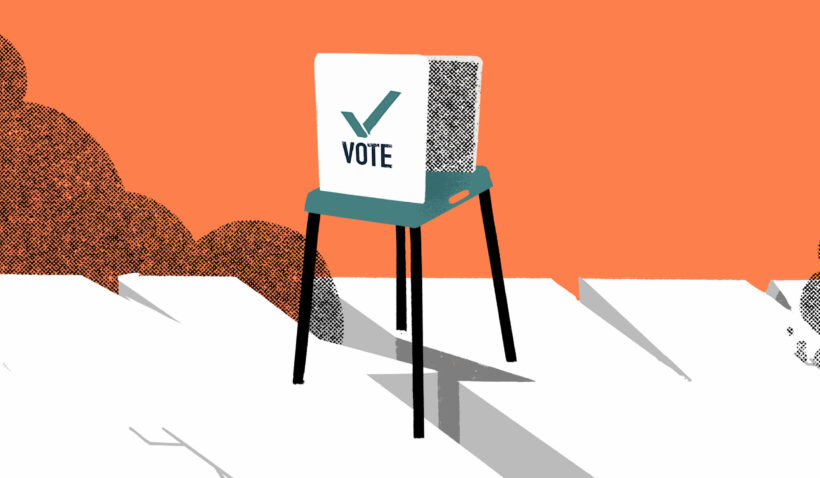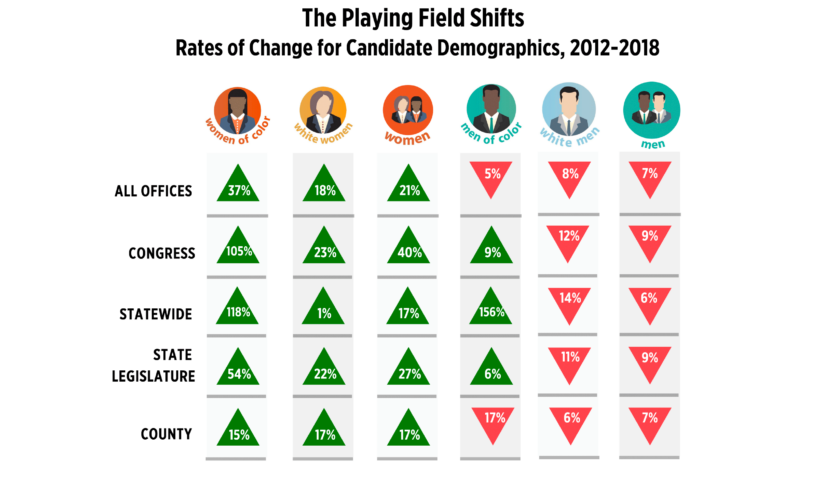A decade of shifts to the demographics of political power drove a backlash leading to the outcome of the 2024 election. Our first longitudinal study examining a full decade of data on race, gender, and elections finds that even as white men remain vastly over-represented in elected office, women and people of color are making…
Abortion Bans and Minority Rule
Supreme Court Justice Alito asserts that the Court’s leaked decision overruling Roe v. Wade returns the power to decide for or against abortion “to the people and their elected representatives.” Our research shows that the decision delivers the power to white men.
System Failure: What the 2020 Primary Elections revealed about our democracy
In primary races, women and people of color perform as well or better than their white males but systemic factors sustain white male minority rule.
#advanceAAPIpower: Asian American Pacific Islander (AAPI) Political Leadership
Our report on Asian American and Pacific Islander (AAPI) representation in political leadership shows extreme under-representation in elected office.
Mapping Black Representation During A Turbulent Era
We tracked the status of Black elected leadership from the launch of the Trump presidency to its final year. We also share a 2021 snapshot of Black leadership in Congress & statewide office.
Who Ran On November 3rd? US Senate, House, and State Legislature Candidates by Race and Gender
In advance of the November 3, 2020 election, we discovered a remarkable shift in the race and gender demographics of general election candidates from 2012 to 2020. Across the electoral landscape, political power is shifting away from white men, and towards women and people of color.
Beyond “Shattered:” Creating Reflective Democracy in Trump’s America
Our Journalism Fellow, Judith Warner, shares some good news about reflective democracy in the Trump years: All around the country, a new generation of activists, advocates, and campaign professionals has been channeling its frustration and outrage into electoral change.
Confronting the Demographics of Power: America’s Cities
Against the backdrop of the coronavirus pandemic and social unrest over police violence, we studied the race and gender of elected leaders in America’s 100 largest cities. This report exposes the demographic tensions behind the public safety clashes between city mayors – many of them women of color – and white male governors and federal officials.
The Electability Myth: The Shifting Demographics of Political Power in America
Every election cycle seems to trigger a new round of chatter about “electability.” So-called experts often claim white men are the most electable demographic, but when we ran the numbers, the electability myth fell apart. Sure, white men monopolize politics, but that’s not because voters prefer them. Once women and people of color get on the ballot, they win just like white men do, or perform even better.
A Rising Tide? The Changing Demographics on Our Ballots
Following a presidential election that defeated the hopes of women and people of color across the country, we wanted to understand how voters would respond. Running the numbers on the 2018 midterm ballot, we found an extraordinary shift: Primary voters chose more women and people of color as their candidates than ever before.
Reflective Democracy Research Findings 2016-2017
Following the 2016 election of a president who ran on overt racism and misogyny, we went back to the data to measure exactly how women and people of color were faring in terms of political representation.
Voters Demand Change: Opinion Research Supports A Reflective Democracy
We spoke to voters in 2014, and again in 2017, probing their reactions to our political system, where white men – who are 30% of the population – hold far more power than the 70% who are women and people of color. Each time, a majority of voters called for more reflective leadership.










